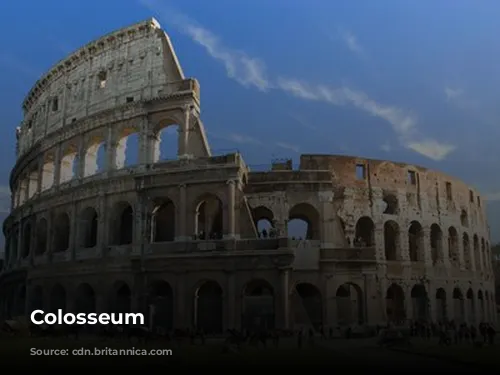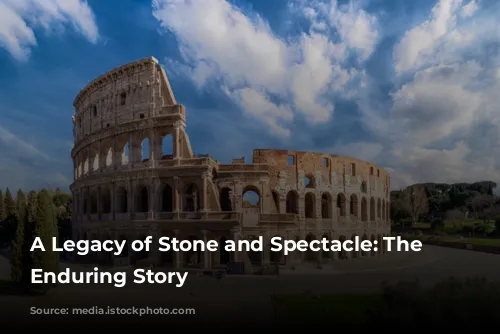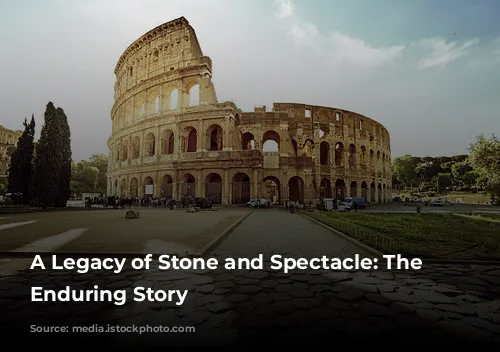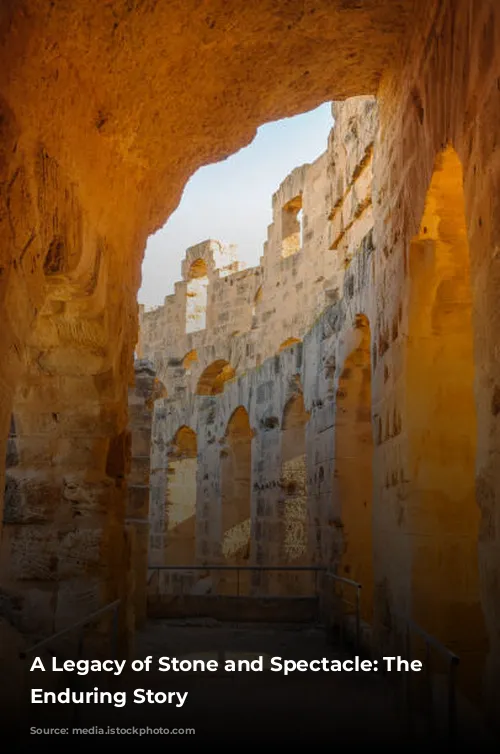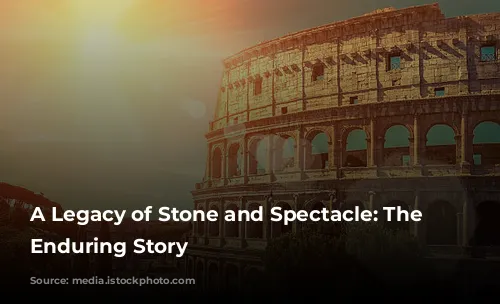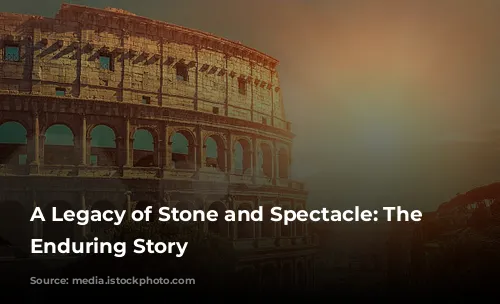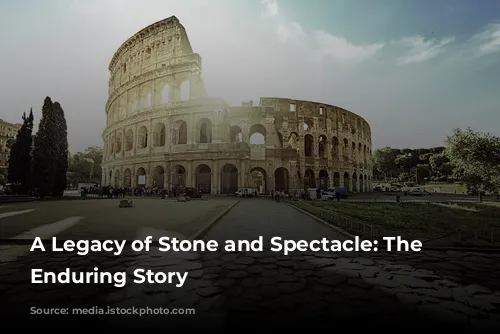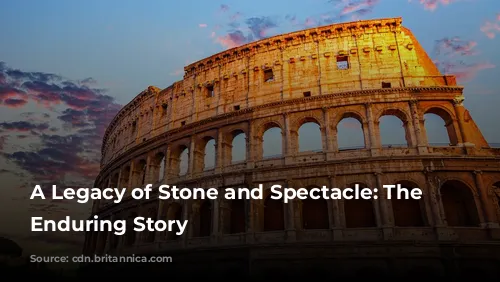The Colosseum, standing proudly as one of the few intact structures from the Roman Empire, is a testament to the architectural and engineering brilliance of ancient Rome. But its significance goes beyond its impressive size and design. It is also a vital economic engine for Italy, generating millions of dollars in tourism revenue each year. In 2018 alone, the Colosseum, Roman Forum, and Palatine Hill attracted over six million visitors, raking in an impressive $63.3 million (€53.8 million). This makes it the most popular tourist attraction in all of Italy.
This colossal structure has witnessed centuries of history, both glory and decay. After the fall of the Western Roman Empire, the Colosseum fell into disrepair, becoming a target for repurposing and plunder. During the Middle Ages, powerful families like the Frangipane and Annibaldi transformed the arena into their fortress. The Renaissance saw a different kind of destruction, as Pope Alexander VI allowed the Colosseum to be stripped for building materials. This neglect continued for over a millennium, until state-funded restoration efforts began in the 1990s, breathing life back into this historic icon.
A Stage for Glory and Bloodshed
The Colosseum’s construction was a symbol of rebirth for Rome. Following the turbulent year of the four emperors in 69 CE, Emperor Vespasian, seeking to rekindle Rome’s grandeur, decided to build a grand entertainment venue. Like other amphitheatres of its time, the Colosseum was designed to captivate audiences with thrilling spectacles – gladiatorial combat, animal hunts, and even elaborate mock naval battles.
Construction commenced under Vespasian between 70 and 72 CE, with its dedication in 80 CE by his son and successor, Titus. The fourth story was a later addition by Emperor Domitian in 82 CE. It’s interesting to note that the Colosseum was financed by the spoils of war, specifically from Titus’s conquest of Jerusalem in 70 CE. And it was built, sadly, by Jewish slaves from Judaea.
A Monument of Engineering Marvel
The Colosseum, also known as the Flavian Amphitheatre, is an imposing elliptical structure, crafted from stone, concrete, and tuff. Rising to a height of four stories, it stretches 620 by 513 feet (189 by 156 meters), capable of accommodating a staggering 50,000 spectators. This engineering marvel is most famous for its gladiatorial combats, which attracted huge crowds and became a defining symbol of Roman society.
A Public Arena, A Private Lake Transformed
The Colosseum’s location itself holds symbolic weight. It was built on the grounds of Nero’s opulent Golden House, replacing the artificial lake that was the centerpiece of the palace. This was more than just a practical decision. It signified a shift in power, from the tyrannical Nero’s private extravagance to a public amphitheater where tens of thousands of Romans could gather for entertainment.
A Symbol of Strength and Spectacle
The Colosseum’s majestic structure reflects Roman engineering ingenuity. Unlike earlier amphitheatres, which were often built into hillsides for support, the Colosseum stands as a freestanding masterpiece. The use of barrel vaults, groin vaults, and a combination of travertine, volcanic tufa, and concrete, enabled the creation of a monumental spectacle.
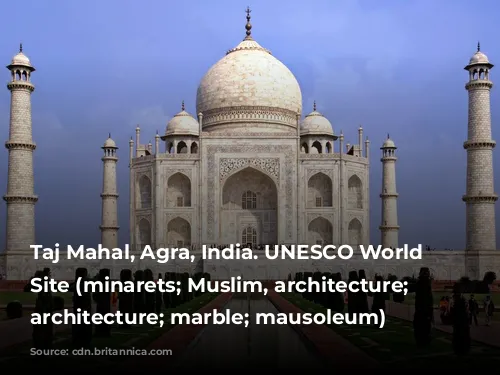
A World of Entertainment and Controversy
The Colosseum was designed to be more than just a venue. It was a stage for a spectacle that captivated the Roman world. The massive retractable awning, known as the velarium, sheltered spectators from the sun. It was operated by hundreds of sailors, who used complex rigging to extend and retract this massive canvas. Within its walls, gladiators battled, animals were hunted, and mock naval battles were staged.
However, the Colosseum’s history is not without controversy. While it is not certain whether it was the site of early Christian martyrdom, the structure stands as a testament to the Roman Empire’s violent and spectacular entertainment.

From Glory to Neglect and Rebirth
Throughout history, the Colosseum has faced destruction and neglect. In the Middle Ages, it served as a church and then as a fortress for powerful families. Earthquakes, lightning strikes, vandalism, and pollution further damaged the structure. Marble seats and decorative materials were plundered, leaving the Colosseum as a bare skeleton for centuries.
In the 19th century, preservation efforts gained momentum, with notable contributions from Pius VIII. The 1990s saw the beginning of a major restoration project, which continues today. The Colosseum remains a popular destination, drawing millions of visitors each year. It is a living monument to ancient Rome, reminding us of its glory and its complex legacy.
